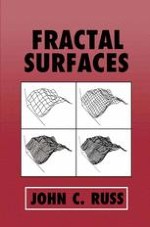1994 | Buch
Über dieses Buch
The author integrates discussions of fractal geometry, surface modeling techniques, and applications to real world problems to provide a comprehensive, accessible overview of the field. His work will equip researchers with the basic tools for measurement and interpretation of data, stimulating more work on these problems and, perhaps, leading to an understanding of the reasons that Nature has adopted this geometry to shape much of our world.
Anzeige
